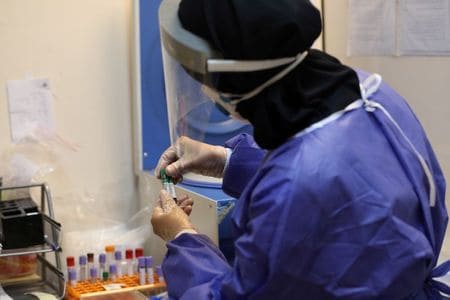Rare hematopoietic stem and progenitor cell (HSPC) pools outside the bone marrow (BM) contribute to blood formation under stress and illness, but their functions are unknown. Although nonmobilized peripheral blood (PB) is frequently tested for clinical care, the diagnostic and monitoring potential of PB HSPCs remains unexplored due to the lack of a healthy PB HSPC baseline.
Researchers compared spleen, PB, and mobilized PB to BM utilizing single-cell RNA-sequencing and/or functional tests to characterize human extramedullary HSPC compartments thoroughly. They discovered HSPC traits shared across extramedullary tissues as well as PB-specific features. To begin, unlike continuously dividing BM HSPCs, they observed no evidence of significant continuing hematopoiesis in extramedullary tissues at a steady-state, although they did find enhanced splenic HSPC proliferative output during stress erythropoiesis. Second, compared to BM, extramedullary hematopoietic stem cells/multipotent progenitors (HSCs/MPPs) from the spleen, PB, and mobilized PB to have a shared transcriptional profile and a higher abundance of lineage-primed subsets. Third, healthy PB HSPCs have a distinct preference for erythroid-megakaryocytic differentiation. This is functionally transmitted at the HSC/MPP level by a subpopulation of phenotypic CD71+ HSCs/MPPs that exclusively produce erythrocytes and megakaryocytes, which are plentiful in PB but rare in other adult tissues.
Finally, in essential thrombocythemia and thalassemia, PB’s distinctive erythroid-megakaryocytic–skewing is disrupted with age. They uncovered extramedullary lineage-primed HSPC reservoirs that are nonproliferative in situ and reveal splenic HSPC participation in demand-adapted hematopoiesis. The findings also pointed to abnormal circulating HSPC composition and function as possible clinical markers of BM dysfunction.


